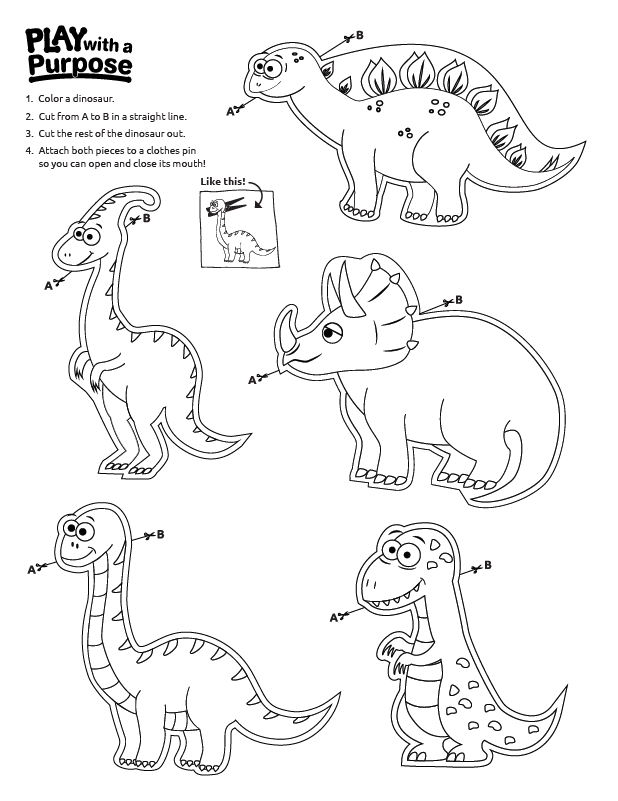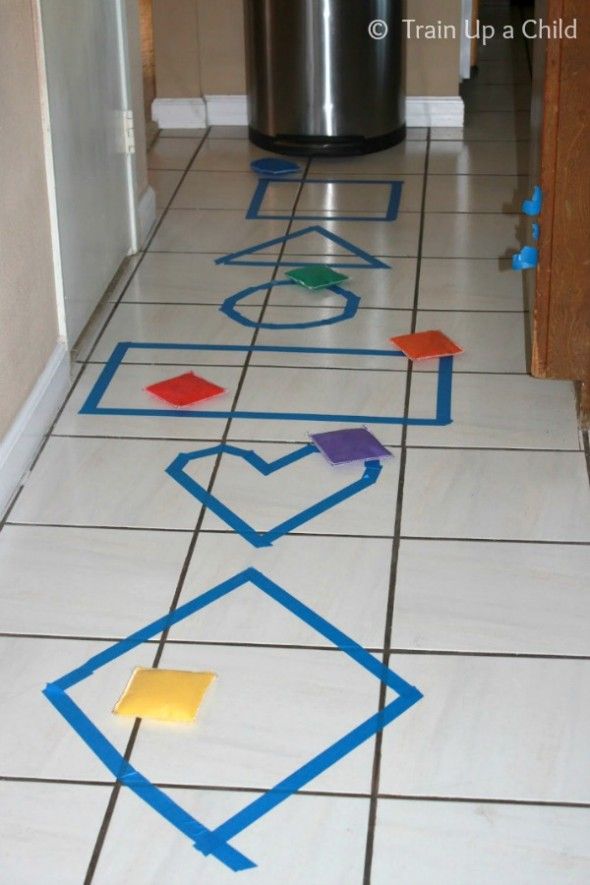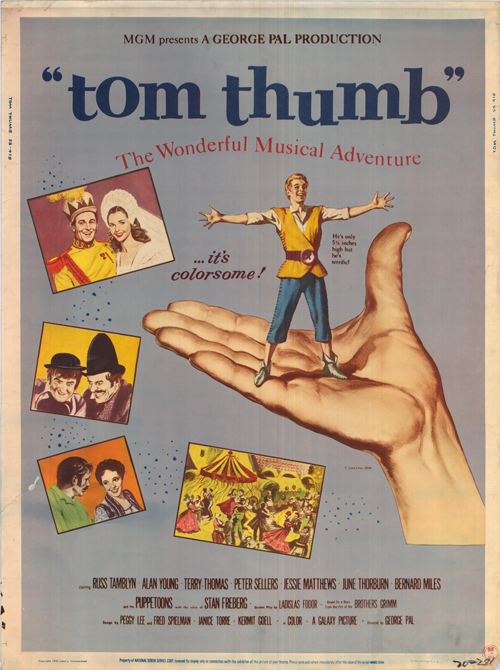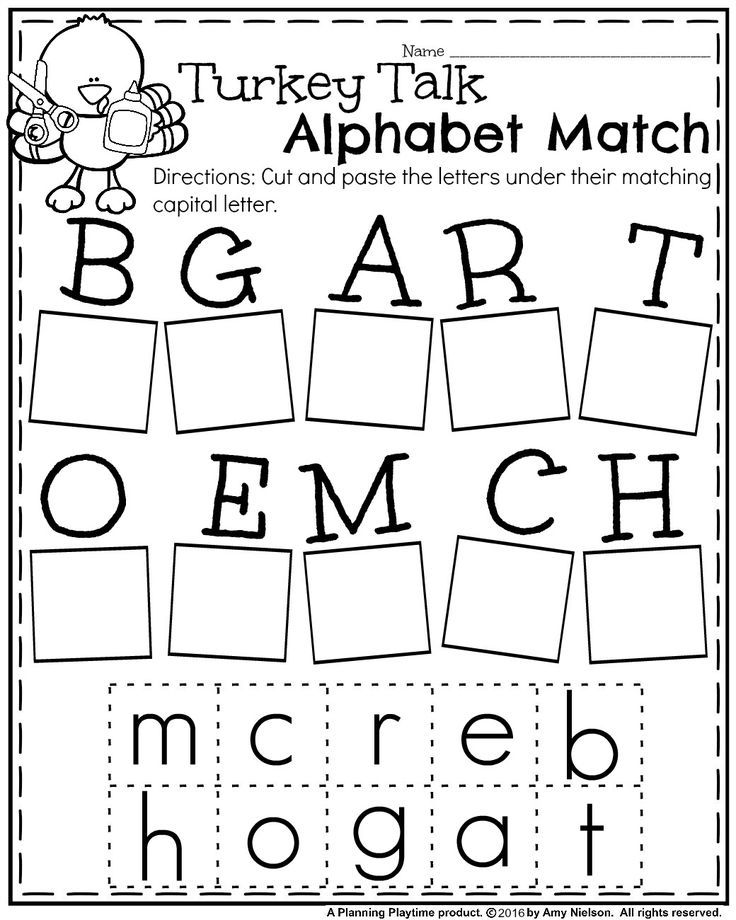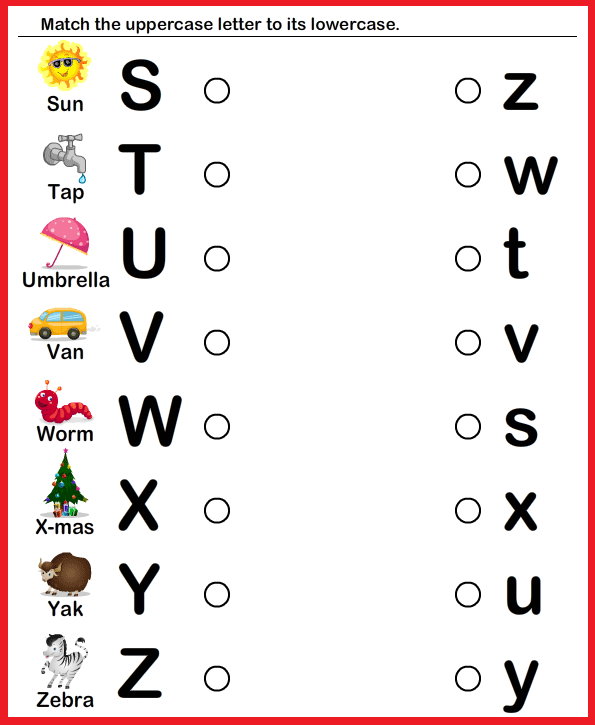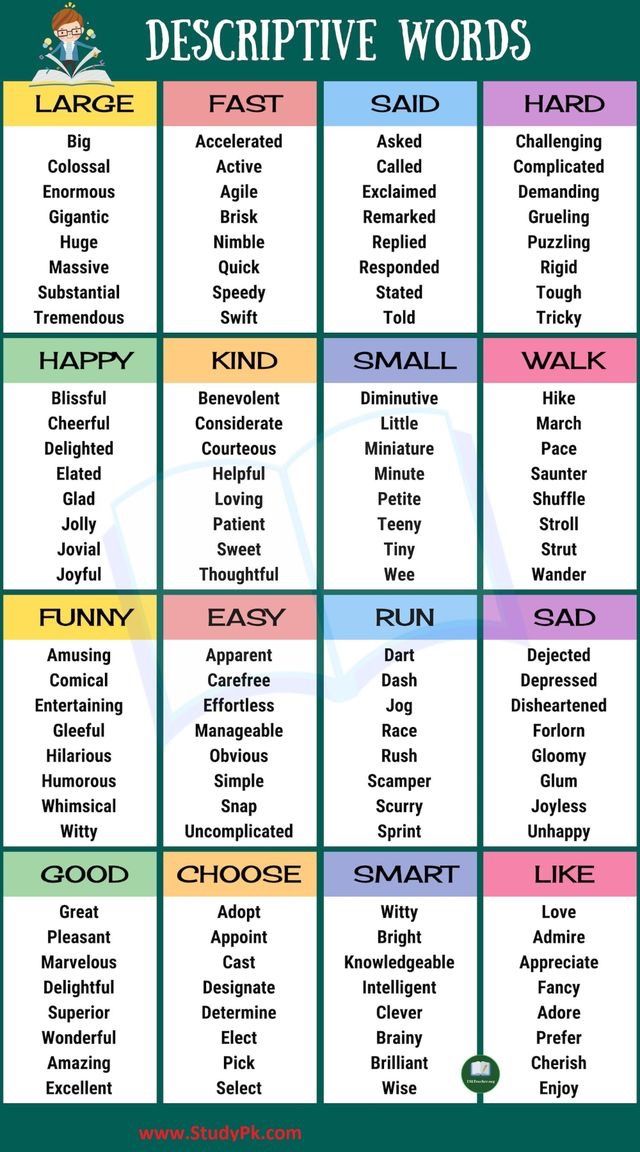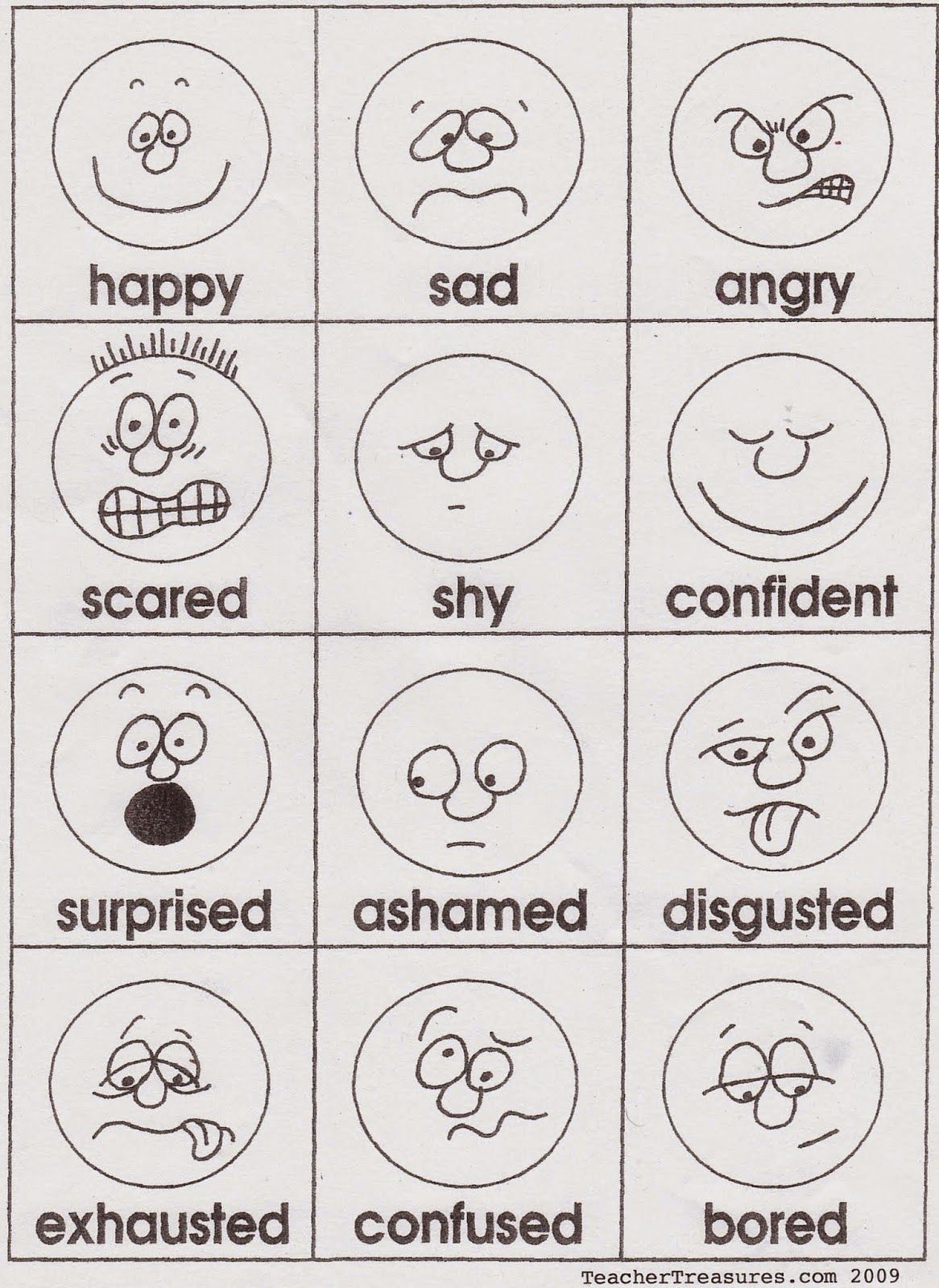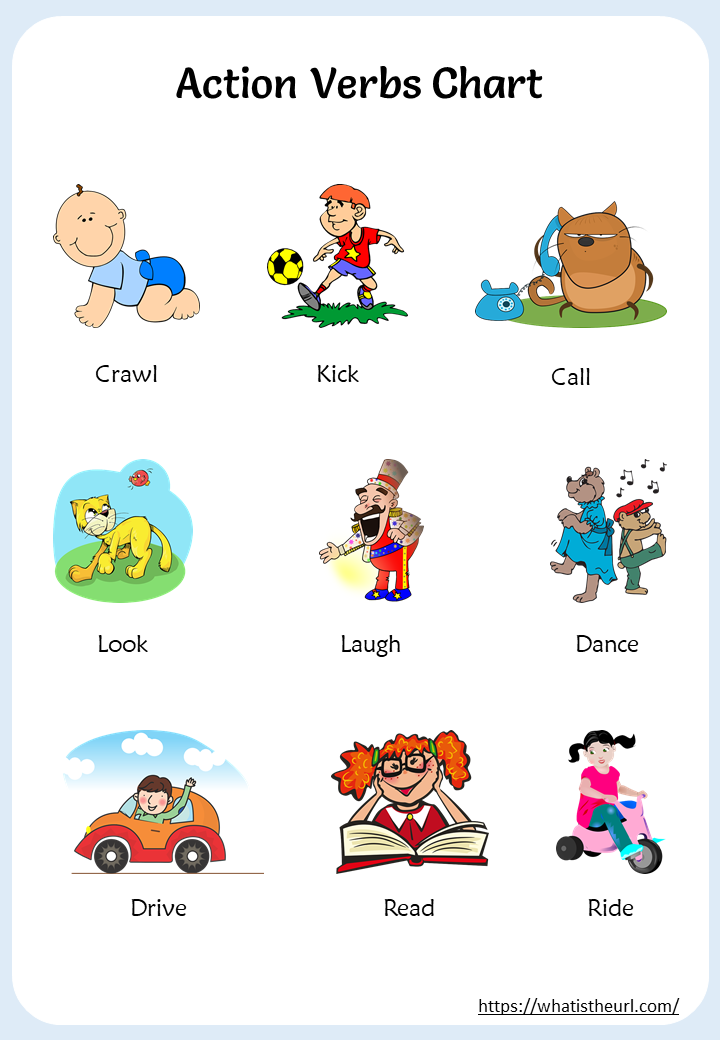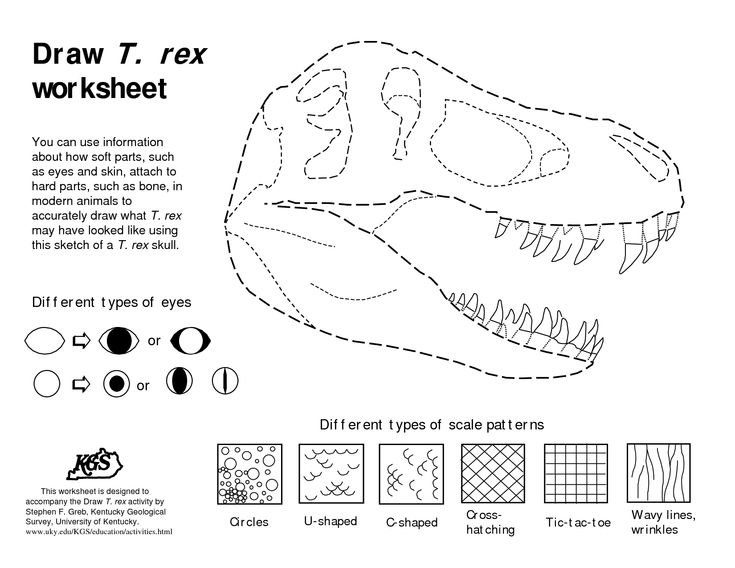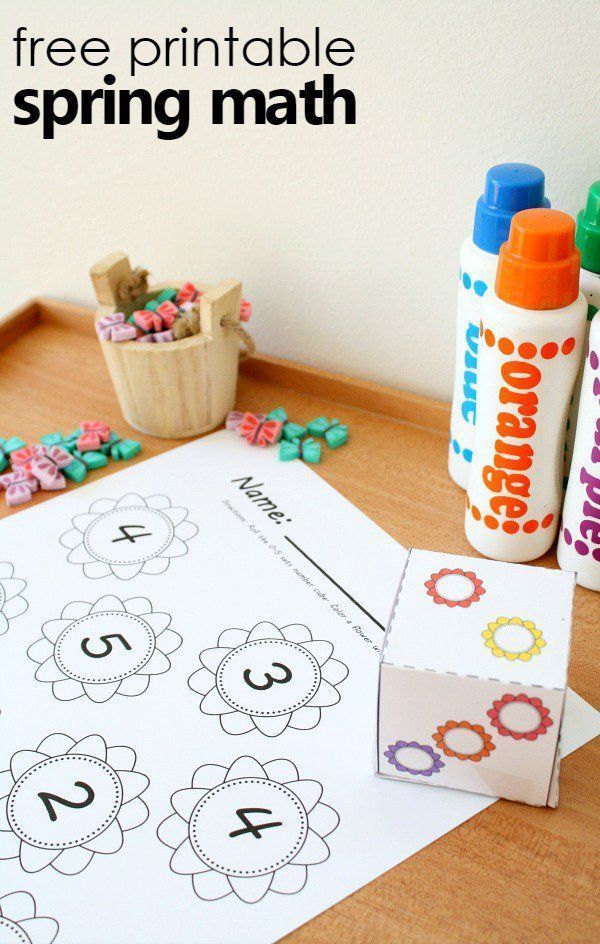Dinosaur stories for preschoolers
Dinosaur Books for Preschool
Are you looking for age-appropriate books to read aloud for your dinosaur theme? Dinosaurs are always popular with the preschool and kindergarten crowd. Your budding paleontologists will love learning all about their favorite dinosaurs with books from this age-appropriate book list. These dinosaur books for preschoolers will have young children stomping and roaring for more!
Dinosaur Books for Preschoolers
Here are some of the most fun and engaging dinosaur books for kids to read aloud in your classroom.
Dinosaurs, Dinosaurs by Byron Barton – Dinosaurs lived a long time ago. Big dinosaurs and small dinosaurs. Dinosaurs with horns on their heads or spikes down their backs. Dinosaurs with long, long necks and long, long tails. Your little ones will amaze you with their ability to pronounce the impossibly long dinosaur names.
Bones, Bones, Dinosaur Bones by Byron Barton – With simple text and vibrant illustrations, young readers explore the process of finding and assembling dinosaur fossils.
Dinosaur Bones by Bob Barner – Filled with fun dinosaur facts (a T. Rex skull can weigh up to 750 pounds!) and an informational “Dinometer,” Dinosaur Bones is sure to make your young dinosaur enthusiasts roar with delight.
The Dinosaur Alphabet Book by Jerry Pallotta – The perfect way to introduce children to the fascinating world of dinosaurs. Full of interesting facts–did you know some dinosaurs had sharp front teeth while others had no front teeth at all? This alphabet book explores both the known and the not-so-well known dinosaurs, a challenge for your biggest dinosaur buffs!
Ten Terrible Dinosaurs by Paul Stickland – Join this wild bunch of stomping, romping dinosaurs as they dance and roar across the pages. One by one they leave the scene until there is only one sleepy dinosaur left.
Dinosaur Roar! by Henrietta Strickland – all kinds of dinosaurs, including ones that are sweet, grumpy, spiky, or lumpy.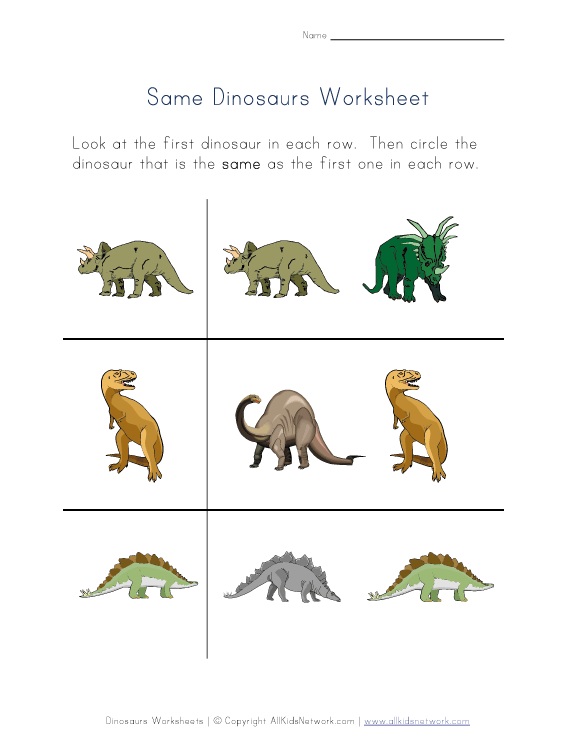 A good introduction to opposites for preschoolers. This is the perfect opportunity for creating a class book with your kids!
A good introduction to opposites for preschoolers. This is the perfect opportunity for creating a class book with your kids!
Dinosaurs Galore! by Giles Andreae – Filled with clever rhymes and brimming with vivid, bold illustrations about every child’s favorite: Dinosaurs!
Dinosaur Books for Kids
If the Dinosaurs Came Back by Bernard Most – In this delightful book, a small boy imagines a world where dinosaurs perform public services. The perfect choice for creative and imaginative little ones!
Harry and the Bucketful of Dinosaurs by Ian Whybrow – Harry finds some old dinosaurs in his Grandma’s attic. He cleans them up and makes them his own, carefully (and accurately) naming each one. Harry and his dinosaurs go everywhere together. Every child can relate to this sweet tale of lost and found; a must read!
Dinosaurumpus! by Tony Mitton – Shake, shake, shudder … near the sludgy old swamp.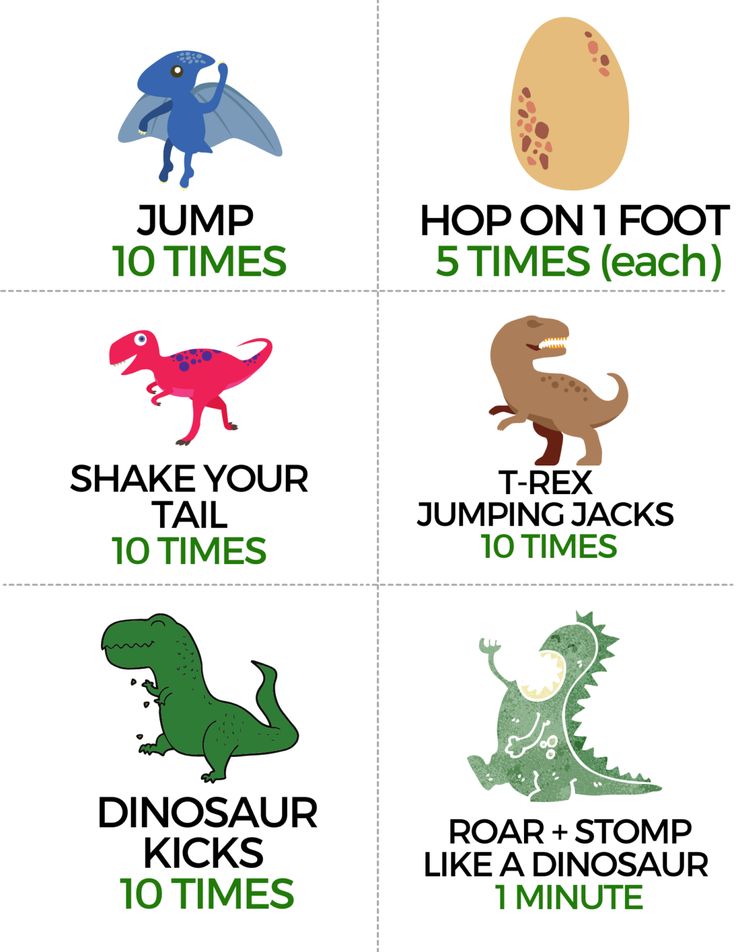 The dinosaurs are coming. Get ready to romp! The catchy beat just oozes out of the pages of this one, need I say more?
The dinosaurs are coming. Get ready to romp! The catchy beat just oozes out of the pages of this one, need I say more?
Dinosaur A-Z: For kids who really love dinosaurs! by Roger Priddy – Features 26 unique dinosaur models, from Allosaurus to Zephrosaurus specially commissioned from experts in the field.
Chalk by Bill Thomson – Three children discover a magical bag of chalk on a rainy day. A delightful, wordless picture book that invites the reader to tell the story.
Saturday Night at the Dinosaur Stomp by Carol Diggory Shields – A rollicking, rhyming dinosaur picture book your kids will be begging you to read again and again. Have you ever wondered what the dinosaurs did for fun?
National Geographic Little Kids First Big Book of Dinosaurs by Catherine D.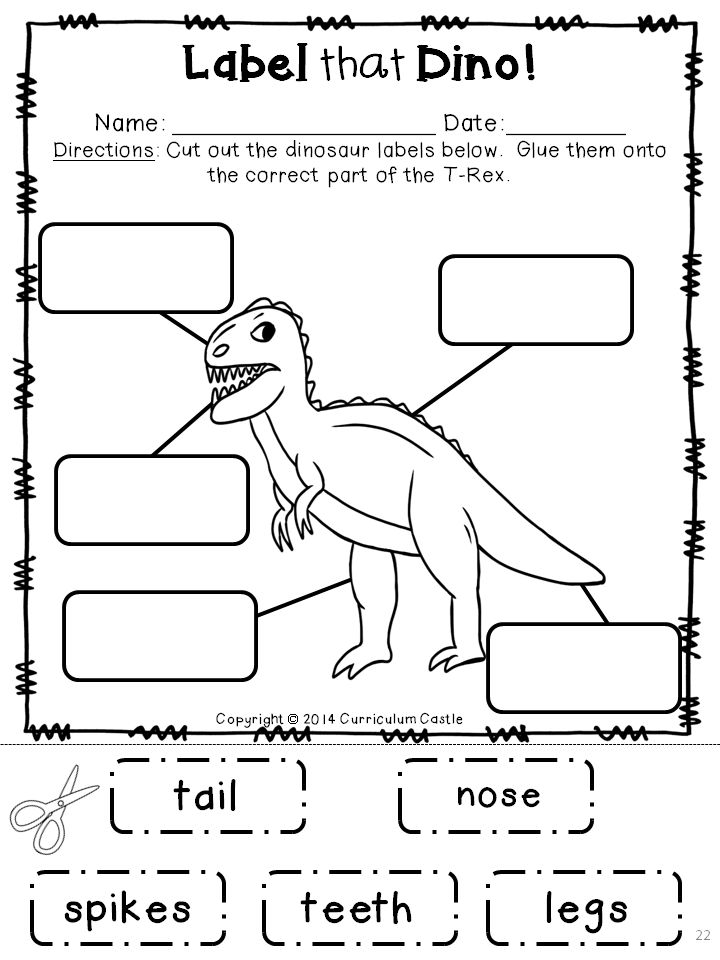 Hughes – Bursting with fun facts and age appropriate non-fiction information, each spread features a different dinosaur, along with simple text in big type that is perfect for little kids.
Hughes – Bursting with fun facts and age appropriate non-fiction information, each spread features a different dinosaur, along with simple text in big type that is perfect for little kids.
You can check your local library or purchase used picture books online to supplement your classroom library affordably.
More Dinosaur Ideas
Best Dinosaur Books for Kids, as Chosen by Educators
The awesomeness of dinosaur books for kids is no secret. Dinosaur fiction stories capture kids’ imagination and make for great read alouds. Dino information books naturally inspire future scientists. Check out this list of our favorites from both genres.
(Just a heads up, WeAreTeachers may collect a share of sales from the links on this page. We only recommend items our team loves!)
Dino-rrific Fiction Dinosaur Books for Kids
1. Dinosaurs on the Go series by Penny Dale (pre-K–1)
This series merges dinosaurs and other high-interest topics.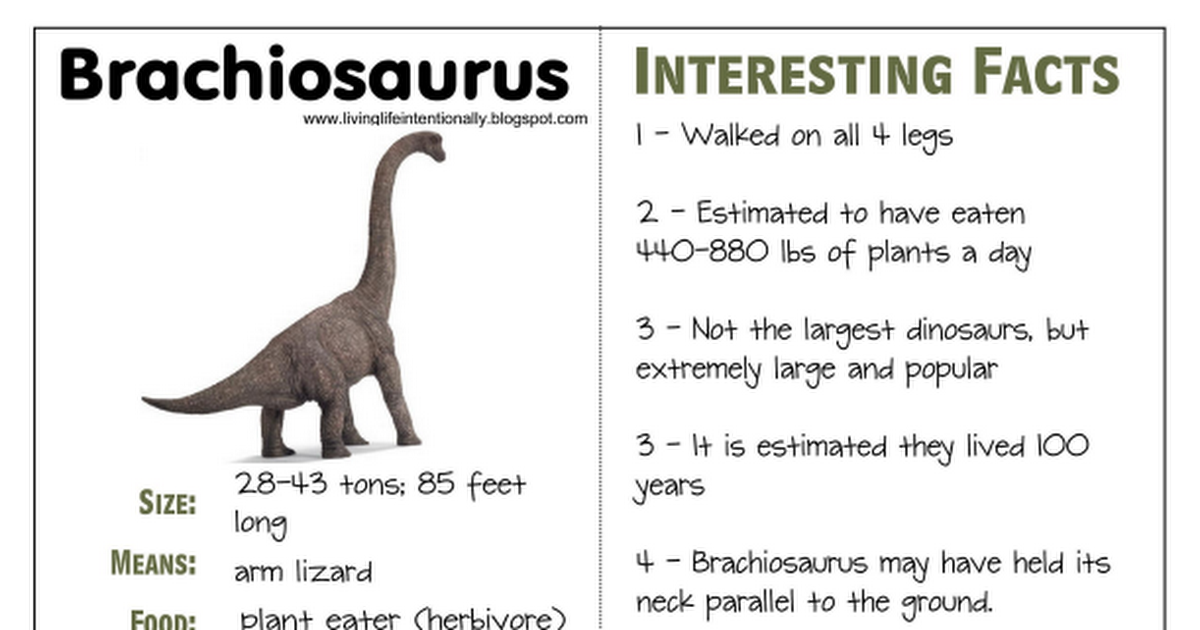 Think farm vehicles, space exploration, construction, emergency rescue vehicles, pirate treasure, and more. We love them for working on print concepts and phonological awareness. They’re also perfect for practice making inferences using pictures.
Think farm vehicles, space exploration, construction, emergency rescue vehicles, pirate treasure, and more. We love them for working on print concepts and phonological awareness. They’re also perfect for practice making inferences using pictures.
2. We Love Dinosaurs by Lucy Volpin (pre-K–1)
This rhyming text professes its love for dinosaurs of all shapes, sizes, and habits. We love all the descriptive vocabulary!
3. How Do Dinosaurs … series by Jane Yolen (pre-K–1)
This classic series has withstood the test of time. We love these titles for modeling visualization, reading with expression, and attending to punctuation. Plus, they’re full of important themes!
4. The Girl and the Dinosaur by Hollie Hughes (pre-K–1)
Digging up a dinosaur skeleton is an amazing possibility to imagine. Having that skeleton come to life and become your pet dinosaur? Magical. This is one of our favorite new dinosaur books for kids, for sure.
ADVERTISEMENT
5.
 How to Catch a Dinosaur by Adam Wallace (pre-K-1)
How to Catch a Dinosaur by Adam Wallace (pre-K-1)This installment of a popular series mixes imaginative fiction with some facts. A light and fun read aloud.
6. Brontorina by James Howe (pre-K–2)
Brontorina Apatosaurus is desperate to dance. But, her size—and others’ doubts—make it seem impossible. Perseverance and others’ kindness help her wish come true.
7. Tiny T. Rex and the Impossible Hug by Jonathan Stutzman (pre-K–2)
Tiny T. Rex just wants to find a way to give his sad friend a hug, despite his short arms. This story of persistence, acceptance, and friendship could spark many important classroom discussions.
8. There’s a Dinosaur on the 13th Floor by Wade Bradford (pre-K-2)
This funny tale follows Mr. Snore on his floor-by-floor search for a quiet room at the Sharemore Hotel. We don’t meet the dino from the title until the end, but she exemplifies everything the hotel’s name suggests.
9. What the Dinosaurs Did Last Night: A Very Messy Adventure by Refe and Susan Tuma (pre-K–2)
What kind of mischief would toy dinosaurs get into if they came alive at night? The photos in this book show the havoc they could cause.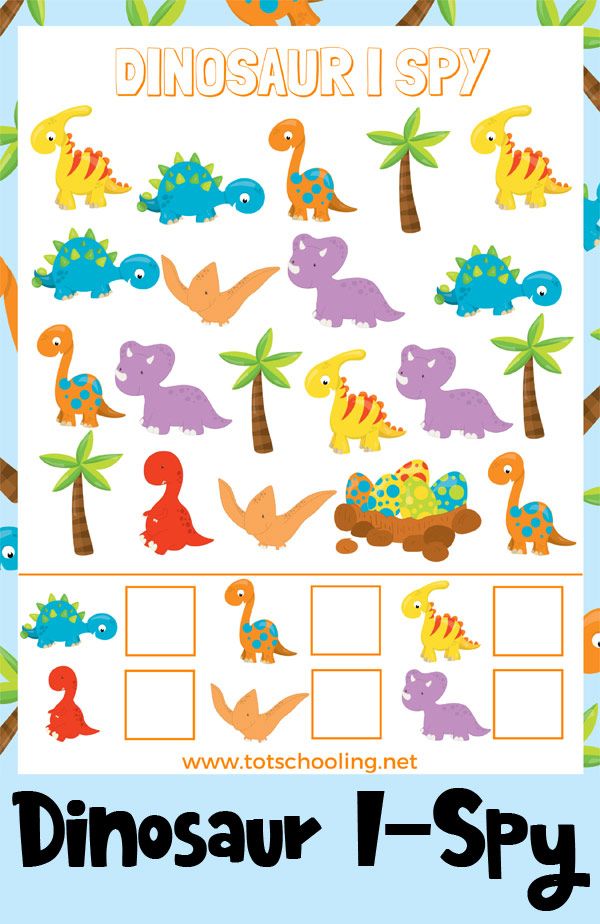 Maybe you’ll even bring the authors’ Dinovember, a month-long tribute to childhood wonder, to your classroom.
Maybe you’ll even bring the authors’ Dinovember, a month-long tribute to childhood wonder, to your classroom.
10. Dino Sports series by Lisa Wheeler (pre-K–2)
Carnivores and herbivores compete in a wide variety of sports. Kids love these rhyming titles. Brush up on your dinosaur names and your sports terminology before reading aloud!
11. Dino Holidays series by Lisa Wheeler (pre-K–2)
If you love the Dino Sports books, you’ll love sharing some of the holiday-themed titles too.
12. Crunch, the Shy Dinosaur by Cirocco Dunlap (pre-K–2)
Crunch wants a new friend, but he’s not the easiest brontosaurus to get to know. Start a class discussion about meeting new friends where they are.
13. Dinosaurs Can’t Roar! by Layla Beason (pre-K-3)
When a T. Rex meets a modern-day paleontologist, he’s surprised to hear the latest science on dinos. We love this title for talking to kids about myths vs. new scientific learning.
14. Dad and the Dinosaur by Gennifer Choldenko (pre-K-3)
Nicholas’s favorite dinosaur is a lot more than a toy. It helps him be fearless and strong, just like he imagines the real dinosaurs were. When it gets lost, his dad knows just what he needs. This is a heartwarming story about what it means to be brave.
15. The Dinosaur Expert by Margaret McNamara (K–3)
Superstar teacher Mr. Tiffin is back! (Should we set him up with Ms. Frizzle?) This time he’s taking his class to the natural history museum. Budding paleontologist Kimmy feels dismayed by the male-dominated examples at the museum. When Mr. Tiffin points out a profile of Dr. Brandoni de Gasparini, her outlook changes. Back matter includes information about notable female paleontologists.
16. Mad Scientist Academy: The Dinosaur Disaster by Matthew McElligott (2–4)
Dr. Cosmic is not the average teacher! Students must make their way through a realistic dinosaur exhibit to find the class pet, Oscar the “dinosaur.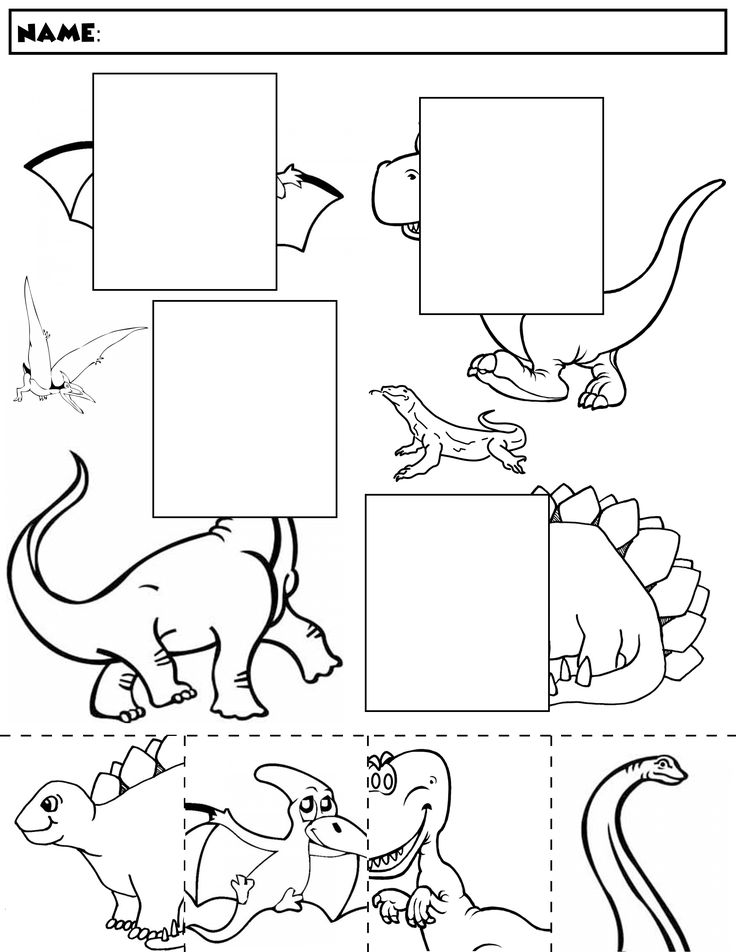 ”
”
17. Dinosaur Empire (The Earth Before Us #1): Journey Through the Mesozoic Era by Abby Howard (3–5)
This exciting graphic novel series opener stars Ronnie, a reluctant science student. She goes on an enlightening journey back in time with her retired paleontologist neighbor, Ms. Lernin.
18. Dinosaur Boy by Cory Putman Oakes (3-6)
Yikes! Fifth grader Sawyer Bronson grows stegosaurus spikes and a tail over summer break. With themes of bullying, integrity, and identity (plus dinosaur facts), this novel is for kids who like a fast-moving, twisting plot. Also check out the companion title, Dinosaur Boy Saves Mars.
Nonfiction Dinosaur Books for Kids to “Dig” Right Into
19. Dinosaur A to Z by Roger Priddy (pre-K–1)
Besides 26+ pages of fascinating dinosaur info, this is a fantastic mentor text for writing informational alphabet books. It introduces one dinosaur for each letter of the alphabet. It also has informational text features like labels, size comparisons, pronunciation guides, and bolded text sprinkled throughout.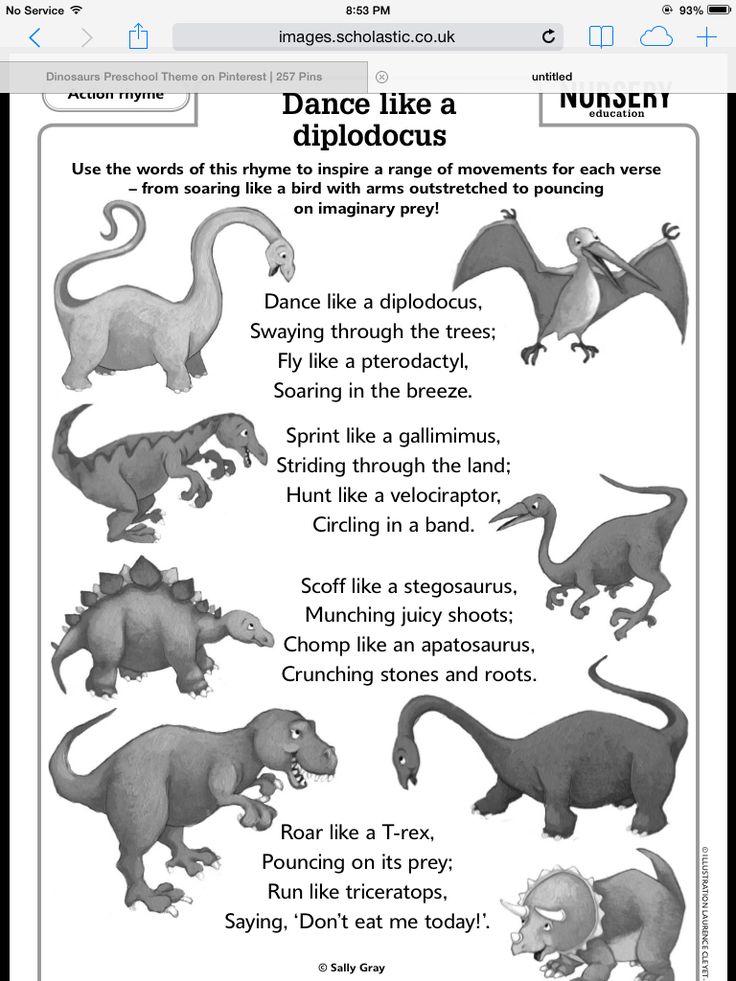
20. National Geographic Little Kids First Big Book of Dinosaurs by Catherine D. Hughes (pre-K–2)
In this title, dinosaurs are organized by size, prompting plenty of great conversations about comparisons. This is the perfect series for introducing informational text features, too.
21. Dinosaur Feathers by Dennis Nolan (pre-K-3)
This rhyming book has a big idea: Dinosaurs and birds are related! It’s perfect for working with kids on generating questions and determining the author’s message in informational text. (Plus, you’ll get a phonics workout pronouncing all those species names!)
22. Fly Guy Presents: Dinosaurs by Tedd Arnold (K–3)
The popular early reader character duo will draw kids in, and this spinoff series packs plenty of memorable information. We like how it dispels some common myths about dinosaurs.
23. Prehistoric Actual Size by Steve Jenkins (K–4)
We adore this title and its non-paleontological companion, Actual Size.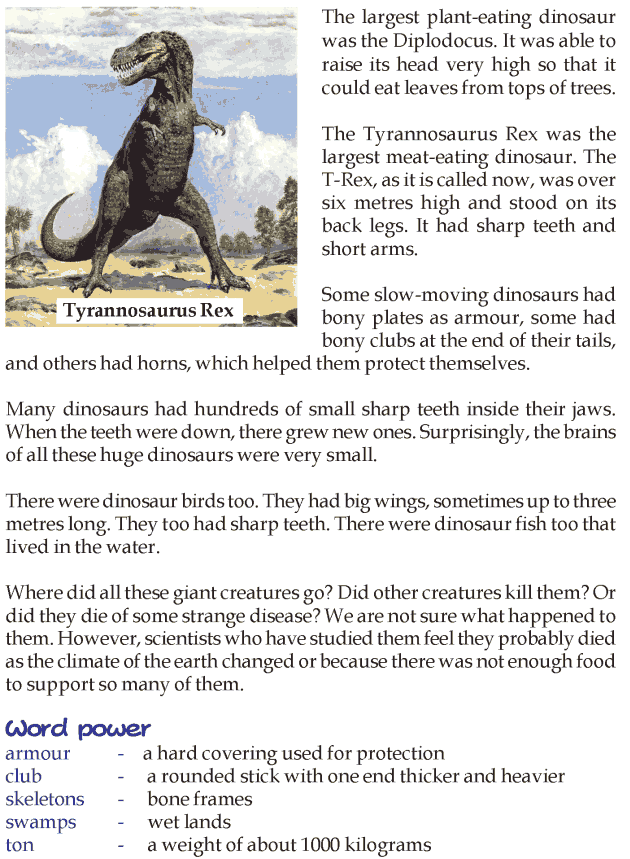 The true-to-life illustrations of dinosaur parts—and one entire dinosaur—make a memorable impression. It’s also good for helping kids understand that dinosaurs weren’t the only prehistoric creatures.
The true-to-life illustrations of dinosaur parts—and one entire dinosaur—make a memorable impression. It’s also good for helping kids understand that dinosaurs weren’t the only prehistoric creatures.
24. Dinosaurs (National Geographic Kids Reader) by Kathleen Weidner Zoehfeld (K–2)
Standard nonfiction features mixed plus jokes and other extras. A conversational tone walks new readers through key questions.
25. In the Past by David Elliott (1–5)
Take a trip back through the ages with these witty creature poems. There are familiar players, like T. rex, and plenty of lesser-known species, too. The illustrations are breathtaking.
26. Science Comics: Dinosaurs: Fossils and Feathers by MK Reed (3–6)
This graphic nonfiction book covers the history of paleontology like it’s never been presented before. Riveting!
27. Dinosaurs: A Visual Encyclopedia, 2nd Edition by DK (3 and up)
This is not your dusty Encyclopedia Britannica.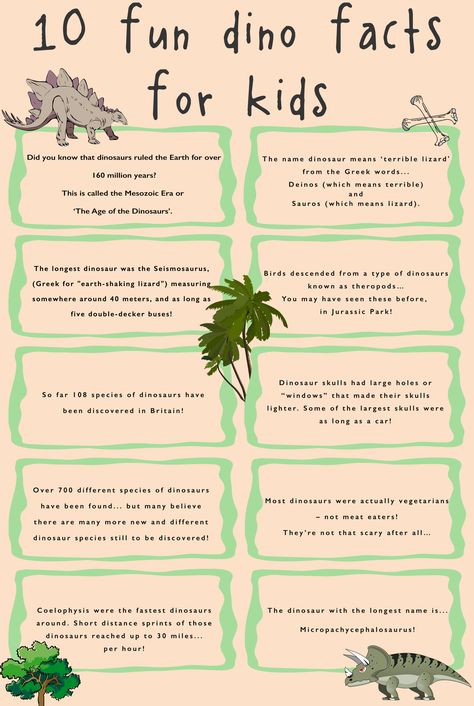 Learn about prehistoric life from dinosaurs and birds to early mammals, invertebrates, and vertebrates.
Learn about prehistoric life from dinosaurs and birds to early mammals, invertebrates, and vertebrates.
28. The Age of Dinosaurs: The Rise and Fall of the World’s Most Remarkable Animals by Steve Brusatte (3 and up)
For serious dino buffs who want the real scoop on the latest discoveries. This is an up-to-date resource from an expert in the field.
Can’t wait to share these dinosaur books for kids? Also check out our favorite dog books and books about space.
Want more book lists and classroom ideas? Be sure to subscribe to our newsletter!
Dinosaurs for kids - interesting facts about dinosaurs
It is inexplicable but true: many children love dinosaurs. Perhaps because these are semi-fabulous giant creatures and they no longer frighten at all, since they have long since died out. What is known about dinosaurs: what were they like, when and how long did they live, what did they eat and why did they disappear from the face of the Earth? So, in order.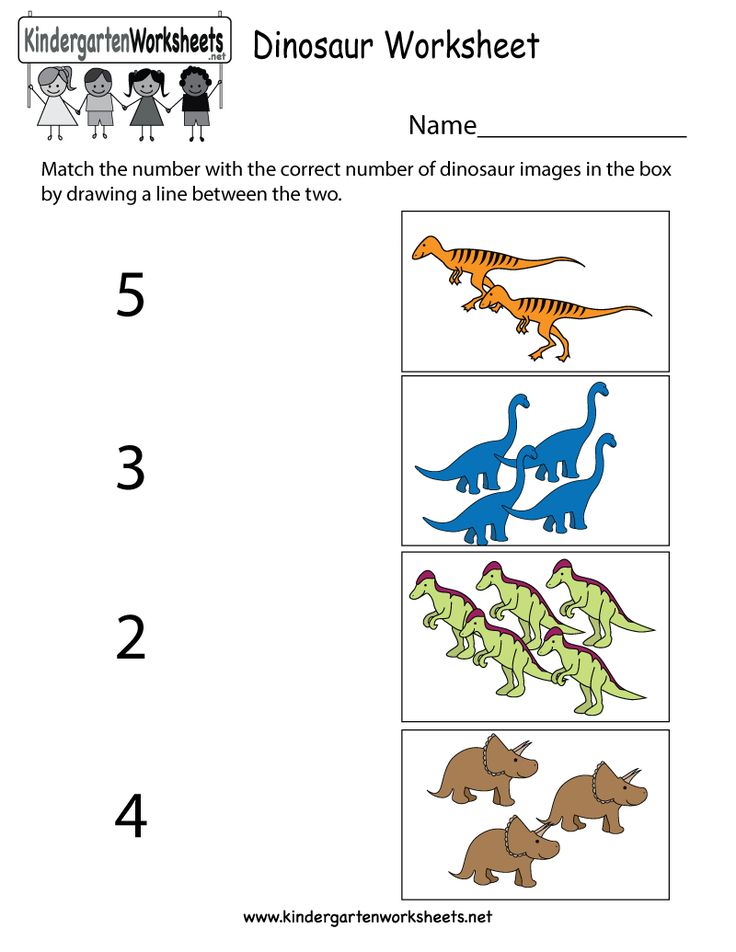
Who are dinosaurs and what did they look like?
"Dinosaur" is translated from Greek as "terrible lizard". These are scaly creatures that walked on two or four legs and laid eggs. Dinosaurs lived on the planet for 160 million years. They lived everywhere: from Asia to Antarctica. The remains of dinosaurs were also found in Russia - in the Urals, in the Krasnoyarsk Territory, in Yakutia.
Before them, more than 4 billion years ago, the Earth was inhabited by more primitive organisms: algae, mollusks, later - fish.
In total, scientists have studied more than a thousand species of dinosaurs. They were very different from each other: some - with sharp claws and spikes on the body, others - with horns.
Many people mistakenly think that all dinosaurs were huge. Indeed, some reached the size of a five-story building, but there were also tiny ones - the size of a chicken. It is customary to depict dinosaurs as gray or green, but in fact, scientists do not know exactly what color these creatures were.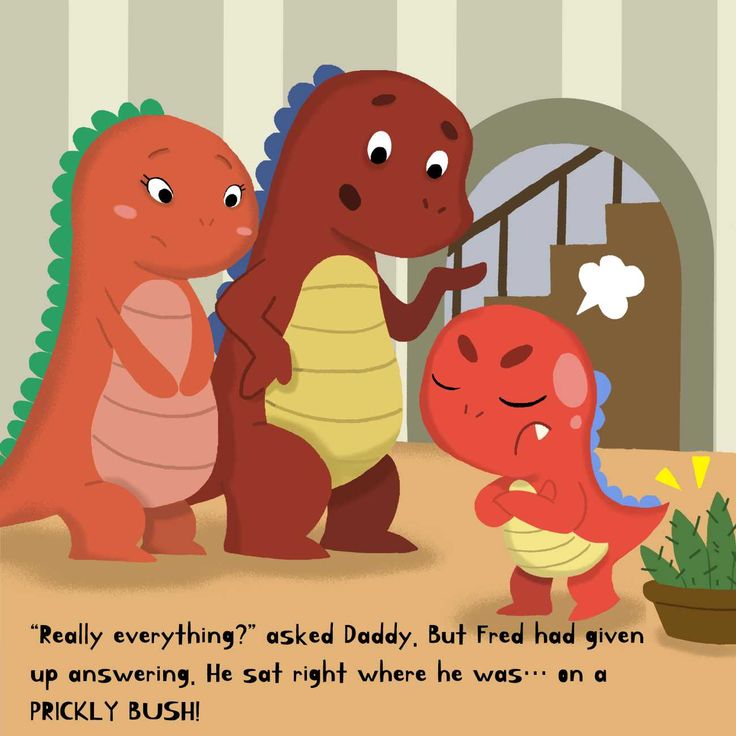 This is because dinosaur skin is extremely rare. It is believed that their color merged with the colors of the environment - so it would be easier for dinosaurs to hide from enemies.
This is because dinosaur skin is extremely rare. It is believed that their color merged with the colors of the environment - so it would be easier for dinosaurs to hide from enemies.
Dinosaurs became extinct 65 million years ago. The fact that they once existed, it became known only in the 17th century. Dinosaur bones were first discovered by English scientist Robert Plot in 1677.
Why did dinosaurs become extinct?
Science does not know. There are several versions. The most common: the climate is no longer suitable for dinosaurs (became too cold or hot) or volcanic eruptions have poisoned the atmosphere.
What did dinosaurs eat?
Despite their formidable appearance, many of them were not predators - they ate ferns, leaves, cones, flowers and fruits from trees. In those days, the Earth was humid and hot and favorable conditions were created for the growth of numerous plants, so that herbivores did not have to starve.
But there were also carnivorous dinosaurs, who hunted animals and ate their eggs.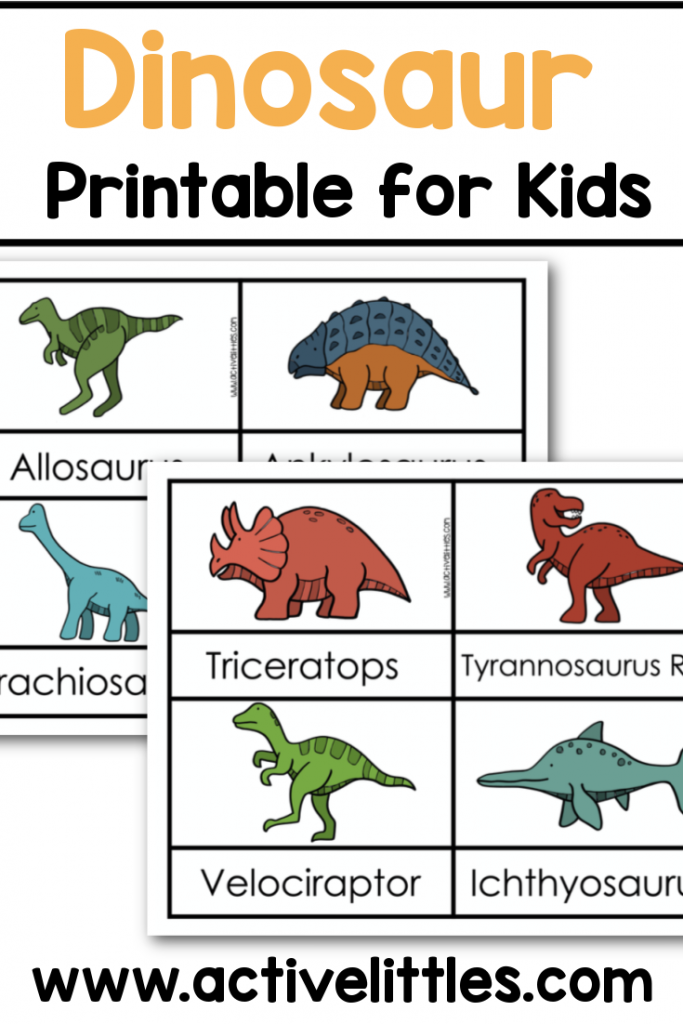 Some of them could not chew and swallowed stones so that the food itself was ground in the stomach.
Some of them could not chew and swallowed stones so that the food itself was ground in the stomach.
The main task of dinosaurs was to get food and at the same time protect themselves from predators. Herbivores defended themselves with horns and spikes, carnivores had teeth and claws.
How long did dinosaurs live?
There is no exact answer to this question either. Scientists think that large dinosaurs lived for a relatively long time - up to 300 years, and small ones - up to about 20.
In any case, even long-lived dinosaurs did not catch the appearance of man on the planet: people began to inhabit the Earth only 64 million years after their extinction.
Who studies dinosaurs and how?
This is done by paleontologists - people who specialize in studying the remains of extinct organisms. They work both in excavations - in places where fossils were found - and in laboratories. These scientists search, extract from the ground, and then carefully study the bones of ancient animals.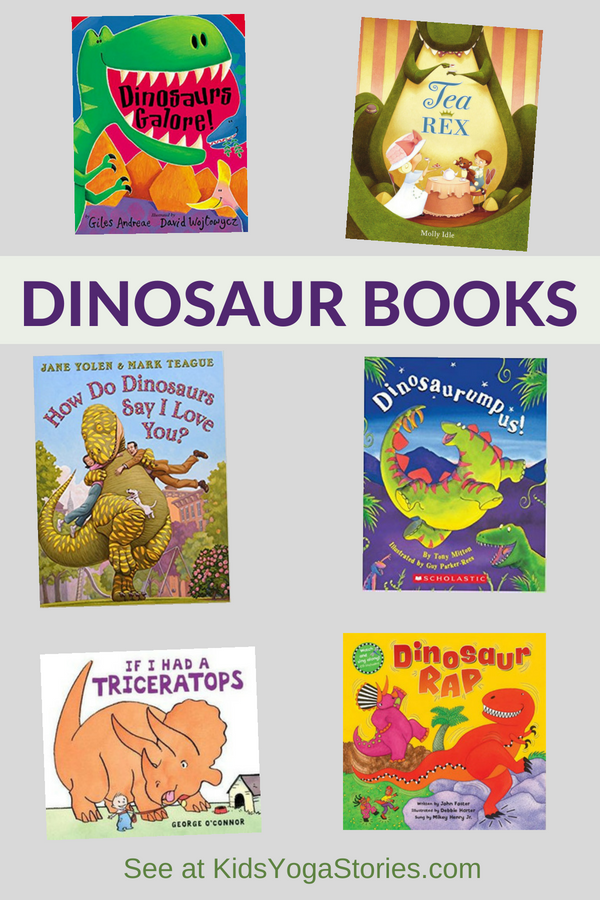
In laboratories, paleontologists find out how the creatures that own the found bones lived and hunted, and determine their age. Sometimes conclusions have to be drawn with only a couple of bones, or even one at all.
In addition, specialists make copies of bones, from which skeletons are then assembled and exhibited in museums.
Paleontologists also study fossilized footprints left by dinosaurs. To understand what kind of animal left the footprint, scientists find out the “age” of the rock where they found this print, and compare the shape of the fingers and feet with the appearance of the dinosaurs that lived in that era.
Paleontologists give names to dinosaur species, often based on the name of the area where the bones were found.
What types of dinosaurs are there?
As already noted, there are more than a thousand species. Let's take a closer look at the most famous ones.
Tyrannosaurus Rex
One of the largest predators of all time.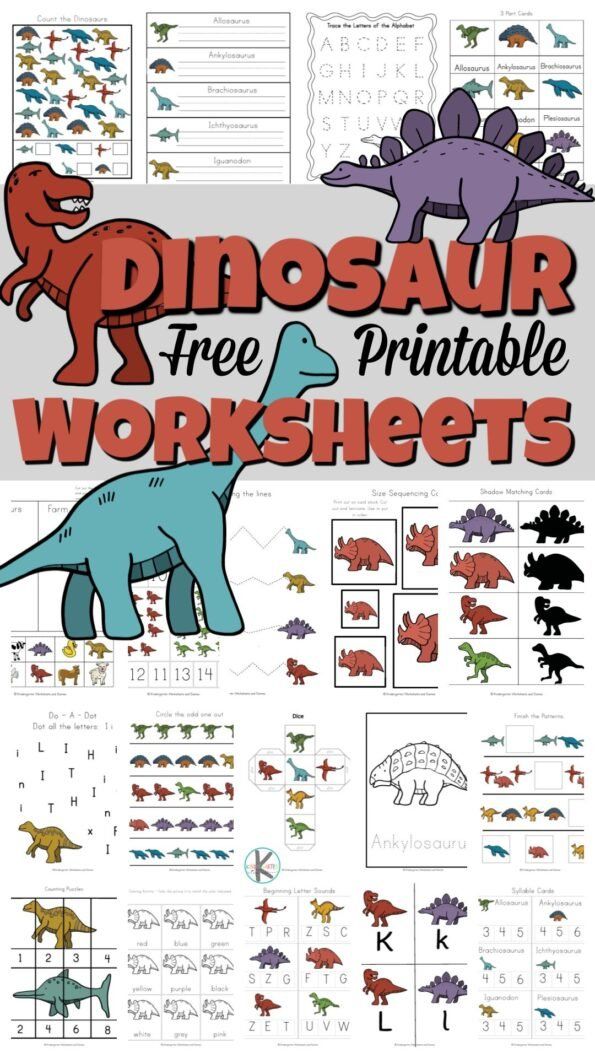 He walked on two legs with two clawed toes on each, had a large skull and a long heavy tail, teeth the size of bananas.
He walked on two legs with two clawed toes on each, had a large skull and a long heavy tail, teeth the size of bananas.
Some scientists believe that the Tyrannosaurus rex could not run and was clumsy, so it did not hunt, but ate only dead animals. However, the more common view is that these dinosaurs were both predators and scavengers, stealing prey from others whenever possible. Tyrannosaurus was able to eat up to 150 kilograms of meat in one sitting, but then starve for several days.
The skeleton of the largest tyrannosaurus rex was found in 1991 in the province of Canada. The length of the skeleton reached 13 meters, weight - almost 9 tons.
Ichthyosaurus
These are aquatic dinosaurs that look like dolphins: head fused with the body, very large eyes, fins. There are many teeth in the mouth. Ichthyosaurs weighed mainly up to 2 tons, reached several meters in length. Although species are known, the length of which reached 24 meters, and body weight - 40 tons.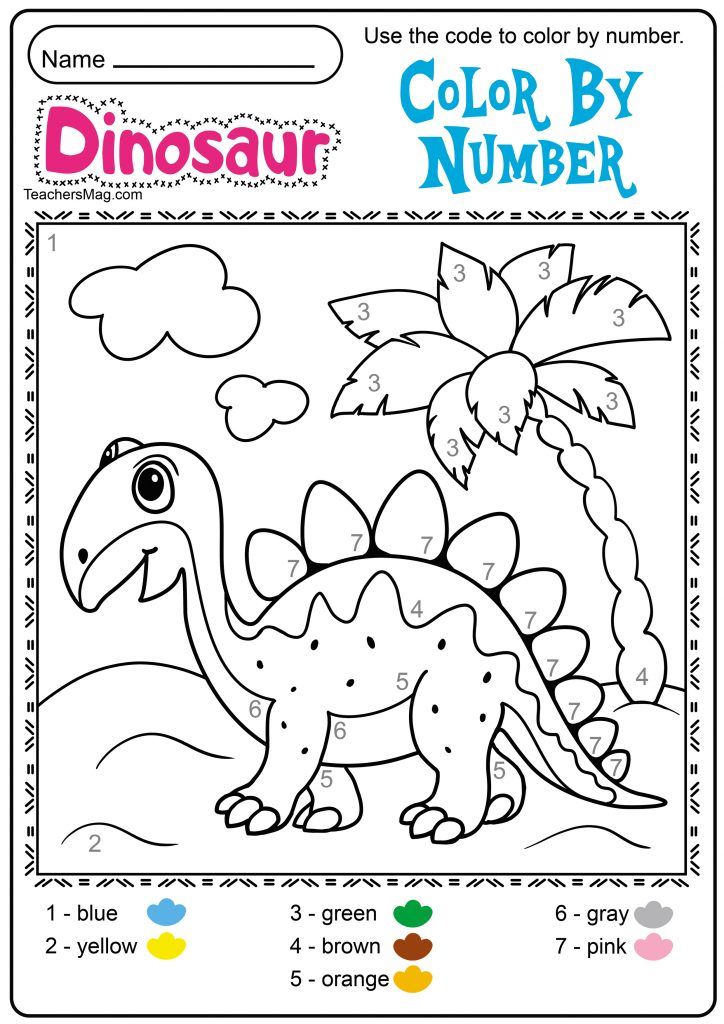
The first ichthyosaur was found in Russia in 1821, while the largest accumulation of dinosaur bones of this species was found in Germany.
Ichthyosaurs were carnivorous - they ate fish and shellfish and hunted in packs. The cubs were born in the water and immediately knew how to swim. Ichthyosaurs did not go to land.
Stegosaurus
Distinctive feature - bone plates and spikes on the back and tail (to protect against attacks). These dinosaurs walked on four legs. They ate only tender leaves, because they had poorly developed jaws. Stegosaurus teeth were almost unsuitable for chewing. In order to assimilate even delicate plant food, the stegosaurus was forced to swallow stones - they frayed the plants in its stomach.
Stegosaurus reached 9 meters in length and weighed up to 9 tons - about the size of an elephant. The bones of these dinosaurs were first found in the United States in 1877.
Triceratops
Distinctive feature - three horns (one at the tip of the nose, two - above the eyes), bone "collars" on the head and a beak on the muzzle.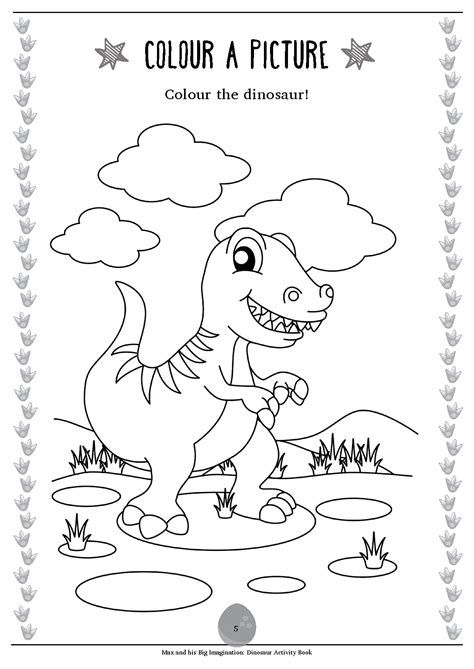 "Collars" served to protect the head and shoulders, males scared off enemies with their horns and fought, including for females in the mating season, and cut branches of shrubs and ferns with their beaks.
"Collars" served to protect the head and shoulders, males scared off enemies with their horns and fought, including for females in the mating season, and cut branches of shrubs and ferns with their beaks.
Outwardly, Triceratops are similar to rhinos, only larger - up to 3 meters in height and 9 in length, with an average weight of about 12 tons. Only the head reached a length of 2 meters. These dinosaurs had several hundred teeth in their mouths.
They ate plants, moved on four thick legs, lived in small groups.
Triceratops are one of the last dinosaurs on Earth. And their bones were first found in the United States in 1899.
Diplodocus
The most tailed dinosaur - with its 11-meter thin tail it drove away predators. And he also had a long neck, a small head with big eyes and long teeth, four paws. In length reached 30 meters.
Diplodocus ate plant foods. To cut off tall trees, they stood on their hind legs. And they also swallowed stones.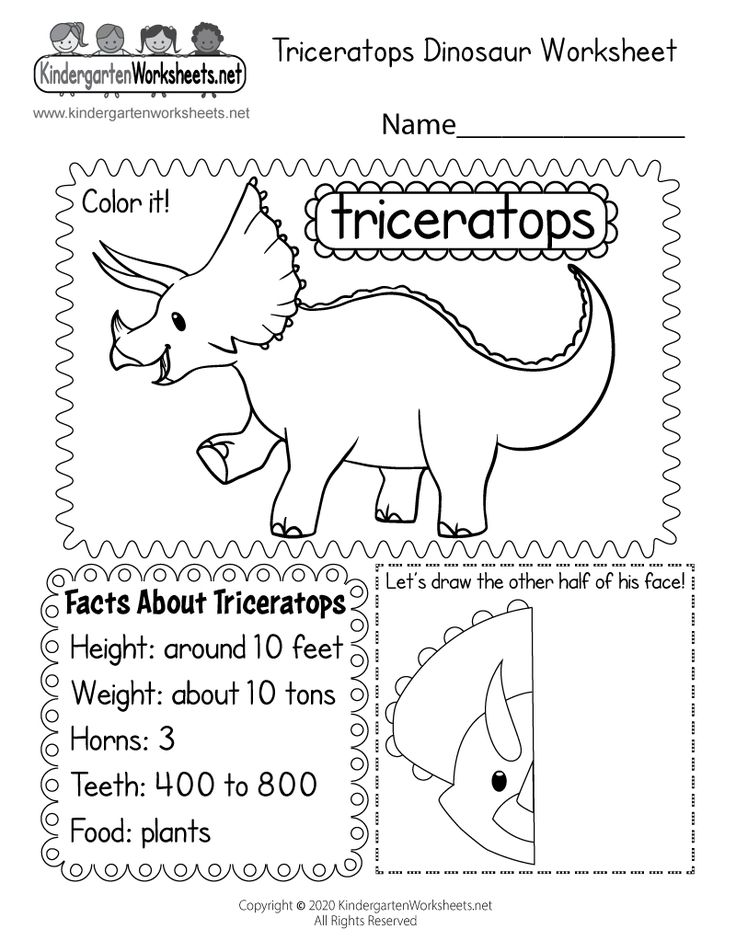
Diplodocus were herd animals, swam well and preferred to live in swamps - they came out on land only to eat and lay eggs.
Diplodocus lived on the territory of modern North America. Fossilized dinosaur vertebrae of this species were first found in the USA (Colorado) in 1877.
Velociraptor
These tiny, turkey-like creatures, by dinosaur standards, were about 1.80 centimeters long and weighed just 20 kilograms like a child. Velociraptor bones were first found in the Gobi Desert (Mongolia) at 1924 year.
It is not known exactly what these dinosaurs looked like: they were previously depicted as lizard-like, with green scaly skin, now it is believed that they had plumage like birds. Some even suggest that the feathers were multicolored. Surely scientists know that the Velociraptor had three fingers with sharp claws on the front limbs and four on the back.
Despite their modest size, velociraptors were dangerous and agile predators.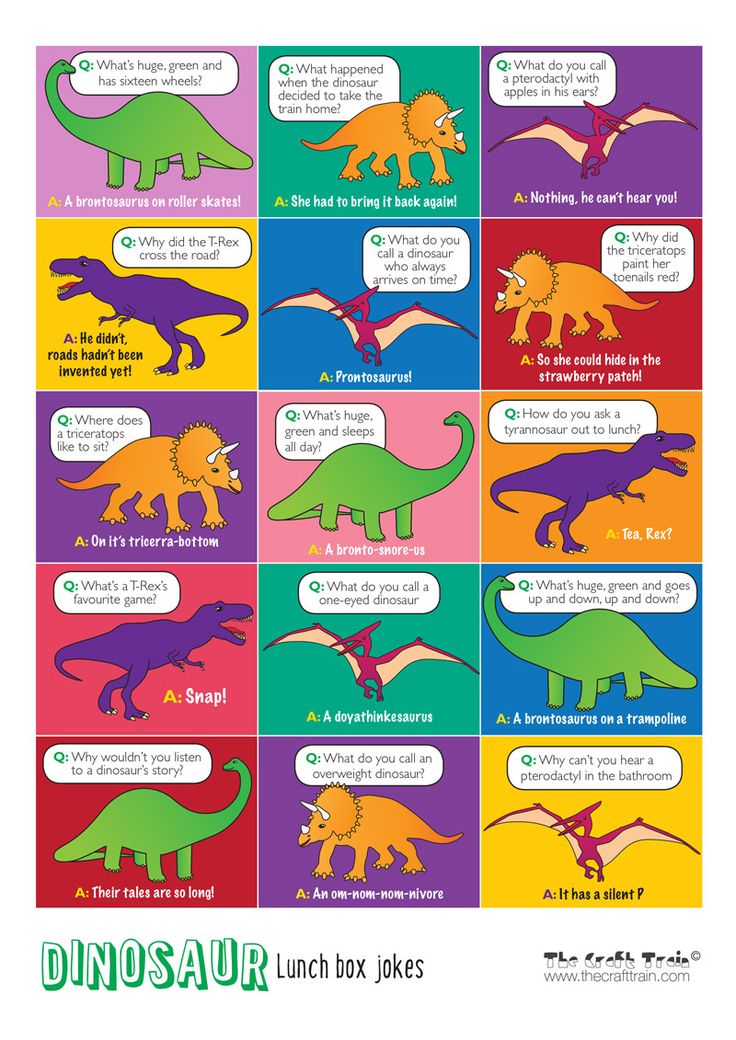 They jumped on the victim, grabbed with their teeth and stuck their claws into it, inflicting mortal wounds.
They jumped on the victim, grabbed with their teeth and stuck their claws into it, inflicting mortal wounds.
Velociraptors became "trendy" after the 1993 Jurassic Park movie. By the way, there they look huge and hunt in packs. Both are inventions.
Pterodactyl
Many consider pterodactyls to be dinosaurs, and they are wrong. Pterodactyls are pterosaurs, or winged lizards, relatives of dinosaurs. Unlike dinosaurs, pterodactyls could fly. Of modern animals, they were similar in appearance and habits to birds and bats.
The forelimbs of pterodactyls turned into wings (span reached 8 meters), the body was covered with fur. Some had a tail, not all had teeth. Pterodactyls were distinguished by long clawed limbs.
These pangolins lived like modern birds: in flocks, they flew during the day and looked for food, at night they slept upside down, clinging to tree branches.
The method of subsistence depended on the size of the pterodactyl.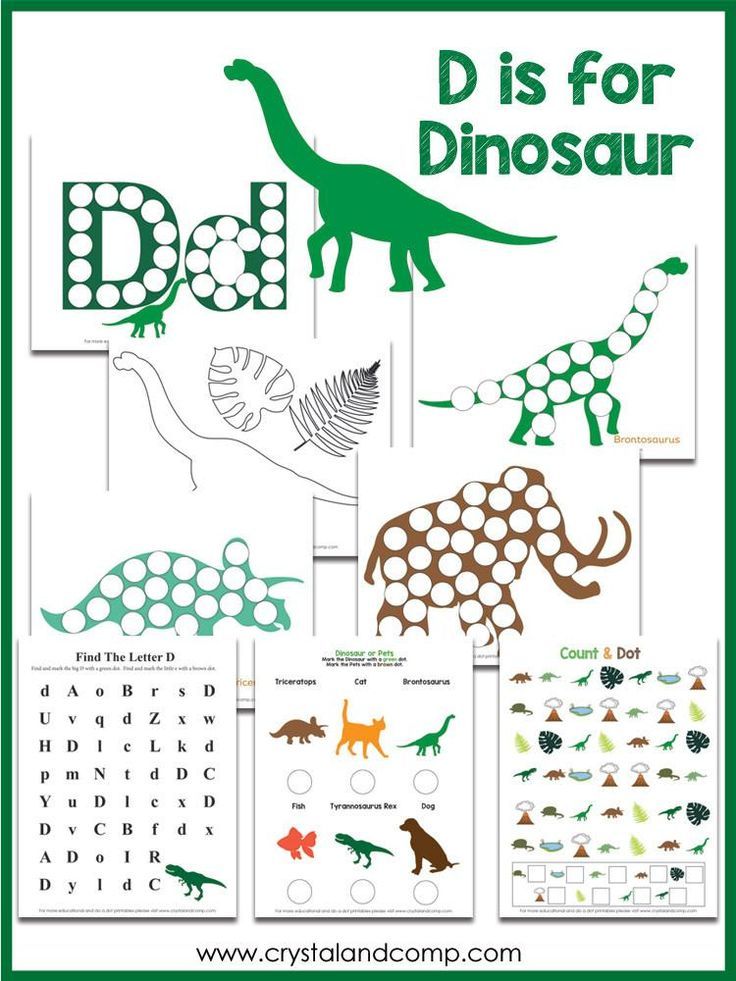 Small ones, the size of a crow, ate insects, larger ones - fish and lizards. Some pterodactyls were two meters long and one and a half meters high and weighed more than 75 kilograms.
Small ones, the size of a crow, ate insects, larger ones - fish and lizards. Some pterodactyls were two meters long and one and a half meters high and weighed more than 75 kilograms.
It is believed that pterodactyls had a good brain and had excellent eyesight. They lived in the territories of the USA, East Africa, Western Europe, Australia, Russia. Their bones were first found in Bavaria (Germany) in 1784.
Other "prominent" dinosaurs
Largest : seismosaurus. It weighed over 50 tons and reached 36 meters in length. Found in what is now the United States.
The heaviest : titanosaur (up to 80 tons!)
The smallest : compsognathus. Its average length was only 60–100 cm, and its weight was about 2 kilograms, but this baby had more than 60 sharp teeth. Found in what is now Germany.
The very first : of those currently explored, either Herrerosaurus or Eoraptor. Both bipeds lived approximately 230-225 million years ago.
The longest necked : according to modern data, this is a Mamenchisaurus. Its neck reached 14 meters in length.
The fastest : Ornithomemmosaurus. He ran at speeds up to 50 kilometers per hour.
The most big-eyed : Dromiceiomyom. His eyes were on the sides of his head. Thus, this dinosaur created an excellent overview - and an advantage over enemies.
The most toothy : Hadrosaurus. He had 980 teeth!
The "longest-named" : micropachycephalosaurus (meaning "small fat-headed lizard"). Most often, his bones are found in China.
Possibly the smartest : troodon. His brain was the size of a bird—comparatively large. Most dinosaurs had small brains, about the size of a walnut.
Interesting facts about dinosaurs
- The closest living relative of dinosaurs is the crocodile. Birds are direct descendants of dinosaurs.
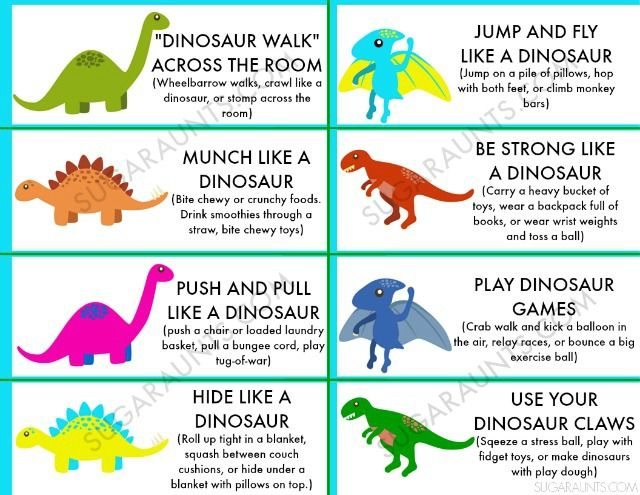
- The first dinosaurs were small. Larger ones appeared much later. In addition, the first dinosaurs were predators.
- Dinosaurs are believed to have excellent eyesight and a good sense of smell. They had large eye sockets and nostrils and large areas of the brain responsible for sight and smell.
- Some dinosaurs built nests. But not for life, of course, but for laying eggs. Scientists do not rule out that small dinosaurs could sometimes hide in caves.
- Experts still don't understand how dinosaurs slept. Perhaps herbivores are standing, and predators, which the structure of the skeleton allows, are lying down.
- Dinosaurs lived in an era when there were about 22 hours in a day. As you know, the rotation of the Earth is gradually slowing down.
- Dinosaurs were unknown in ancient China. And their bones were considered the bones of dragons and used in medicine! One of the Indian tribes thought that these were the remains of the larger ancestors of the buffalo, and the British did not even rule out that these were the bones of giant people.
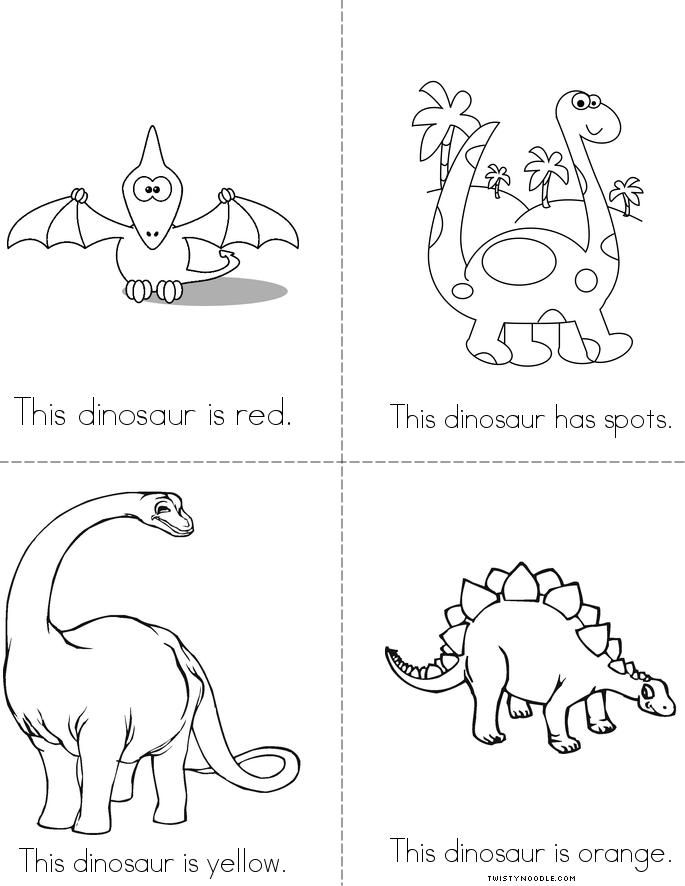 Or, well, elephants.
Or, well, elephants. - Dinosaurs did not have to wash themselves: the dried mud fell off the scales by itself or was thrown off along with them.
- Dinosaurs in search of food and places to live could migrate great distances - to entire continents.
- Huge dinosaur bones weren't as heavy as we think. Because most of them were hollow inside, like modern birds.
- Many dinosaurs went hunting at night.
- The largest dinosaur eggs were the size of a basketball. At a time, a dinosaur could lay from one to four dozen eggs.
- The very name "dinosaur" was born in the 19th century. In 1824, the president of the Royal Geological Society mentioned huge bones discovered in 1815 in Great Britain. In the future, experts found other huge animal bones, and in 1842, biologist Richard Owen identified a suborder of "terrible lizards" (dinosaurs).
- A relatively new species of dinosaur was discovered in 2015. Because of the short horns above the eyes, this species was called "hellboy" (as a comic book hero).

- Most likely, the dinosaur is not the largest creature on Earth. The weight of a blue whale can reach 170 tons - this is more than the weight of even the largest dinosaur.
- In the state of Colorado (USA) there is a City of Dinosaurs. The streets there are named after different types of these ancient creatures.
What dinosaurs didn't do:
- didn't fly;
- did not live at sea;
- did not hibernate;
- did not sweat;
- did not have a couple for life;
- did not drop their tail like lizards;
- were not viviparous (at least, scientists do not know anything about this).
On the other hand, scientists continue to excavate and research. It is possible that we still have a lot to learn about dinosaurs.
Geography courses for children 6-13 years old
We introduce children to the most important places
in Russia and the world in an exciting format through games, stories and riddles
learn more
14 best books about dinosaurs for toddlers, preschoolers and more
The theme of dinosaurs has fascinated and attracted children for several generations, so there are so many books about ancient dinosaurs that it is very easy to get confused when choosing. We have compiled a list of the most popular, most reliable and highest quality publications of recent years. Don't thank!
We have compiled a list of the most popular, most reliable and highest quality publications of recent years. Don't thank!
ENCYCLOPEDIA
1. Children's Encyclopedia. Dinosaurs”, publishing house “Rosmen”
Let's start with publications that have proven themselves so well that they are reprinted again and again - for many years now. These include, for example, the children's encyclopedia "Dinosaurs" - a bright colorful book with lively and very realistic pictures. Even a three-year-old will be happy to look at the illustrations in it, and the student will draw a lot of interesting information and facts.
2. Encyclopedia for Kindergarten. Dinosaurs”, publishing house “Rosmen”
Another bestseller is the publication “Dinosaurs” from the “Encyclopedia for Kindergarten” series. Both children and adults love it for bright and reliable pictures - and for the simplicity of the information provided.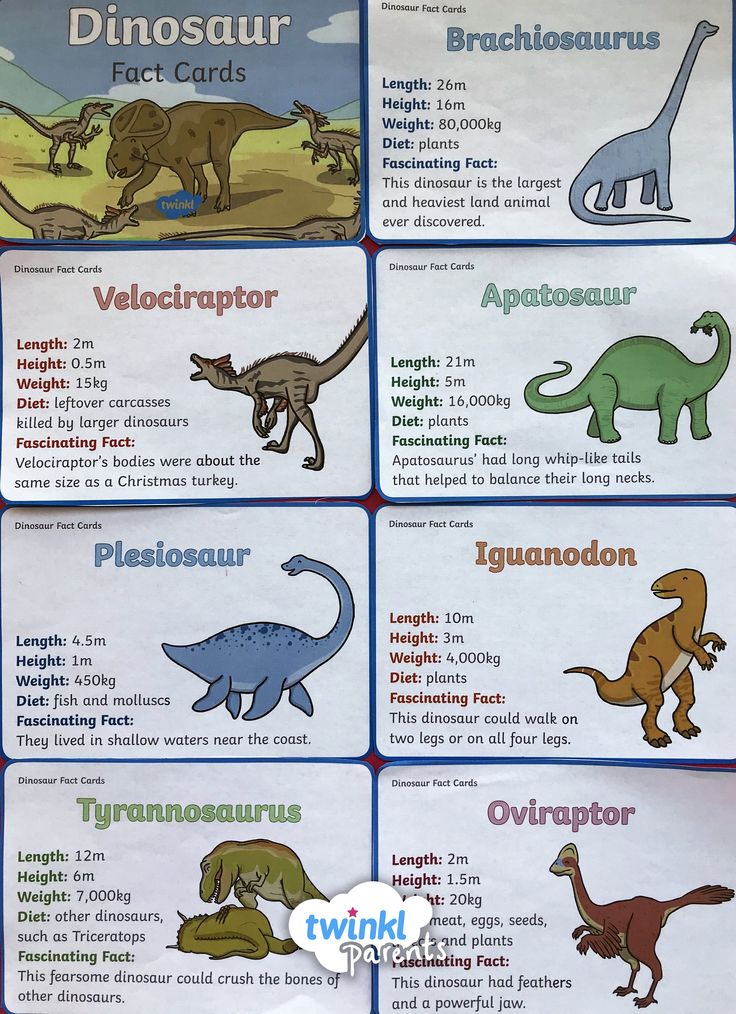 You will see, soon even the most unpronounceable names of dinosaurs will be known by heart by the whole family.
You will see, soon even the most unpronounceable names of dinosaurs will be known by heart by the whole family.
3. Dinosaurs. Illustrated Atlas, Michael Brett-Shuman
If not for the panorama book (which will be discussed below), the Illustrated Atlas would have become the most impressive publication in our selection: large format, amazing illustrations, and even a full Dictionary of Dinosaurs with information on 140 (!) Species. In addition, this book contains the results of the latest research and discoveries in the field of paleontology. In general, a huge beautiful and informative book for the most dedicated dinosaur lovers.
4. Encyclopedia of antiquities. Dinosaurs. Panorama Book, Robert Sabuda
And here is the same panorama book. Luxurious - let's not be afraid of this word - edition, a real work of art. On every page, in every pocket there is a surprise: the prickly back of an Ankylosaurus, the sharp horns of a Triceratops, or even the huge mouth of a Tyrannosaurus Rex.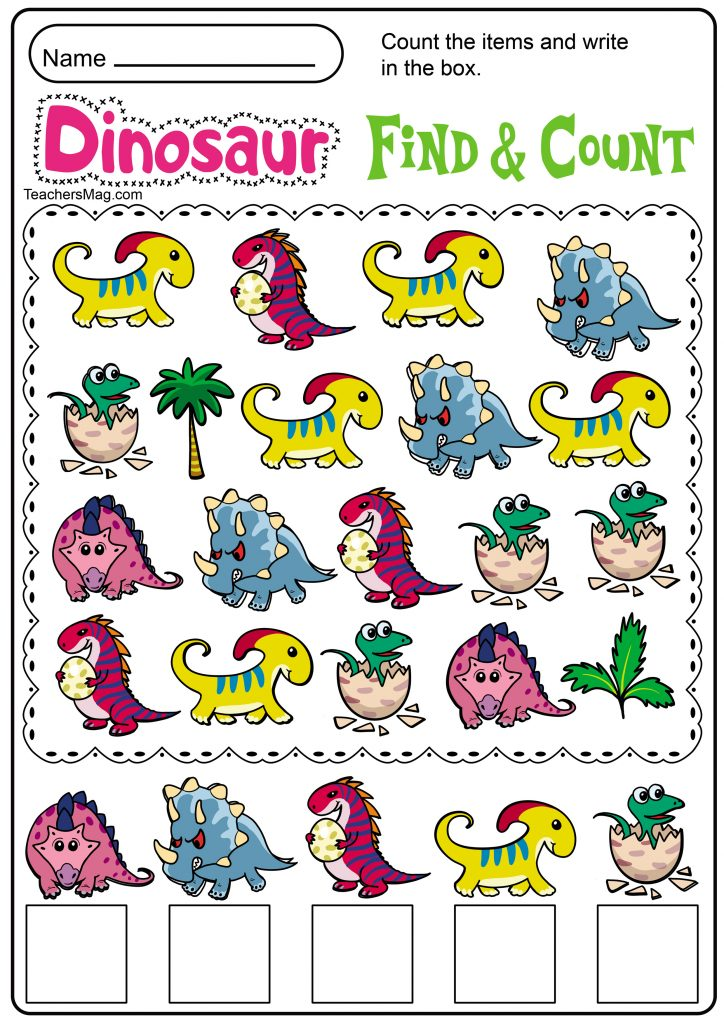 You can't put it down, the book is so captivating and unique. And information about dinosaurs in it is presented in a simple and accessible way. The perfect gift for a young paleontologist! Unless, of course, close your eyes to the cost.
You can't put it down, the book is so captivating and unique. And information about dinosaurs in it is presented in a simple and accessible way. The perfect gift for a young paleontologist! Unless, of course, close your eyes to the cost.
5. “Such different dinosaurs. Encyclopedia in pictures”, Victoria Zatolokina, Maria Melik-Pashaeva, Tatyana Rudenko
An extremely cute encyclopedia about dinosaurs with a curious structure: in the first part, the child gets acquainted with prehistoric times with the help of funny cartoon stories, and in the second part, the more serious encyclopedic part - learns in detail and in detail about each of the types of dinosaurs separately. The book tells about the environment in which dinosaurs lived, and about their way of life, and about the very process of studying ancient reptiles.
BOOKS WITH WINDOWS
6. “Magic windows.
 Dinosaurs, Robins Publishing House
Dinosaurs, Robins Publishing House All kids love books with windows - so feel free to choose this format for your first acquaintance with ancient dinosaurs. For example, the book "Magic Windows" from the publishing house "Robins" - bright, colorful, with cheerful smiling dinosaurs, literally calling to make friends. At the same time, the book will tell about their lifestyle: where they lived, what they ate and how long they lived, as well as explain what fossils are and how they help scientists study dinosaurs.
7. Book with secrets. Discover the Mysteries of Dinosaurs, Robins
Also a bright book with windows, but suitable for older children: the images are more realistic here, and the information is more serious. The child will be able to study in detail the skeleton of a dinosaur, consider the fierce fights that took place in the world of lizards, and also find out about the origin of life in general.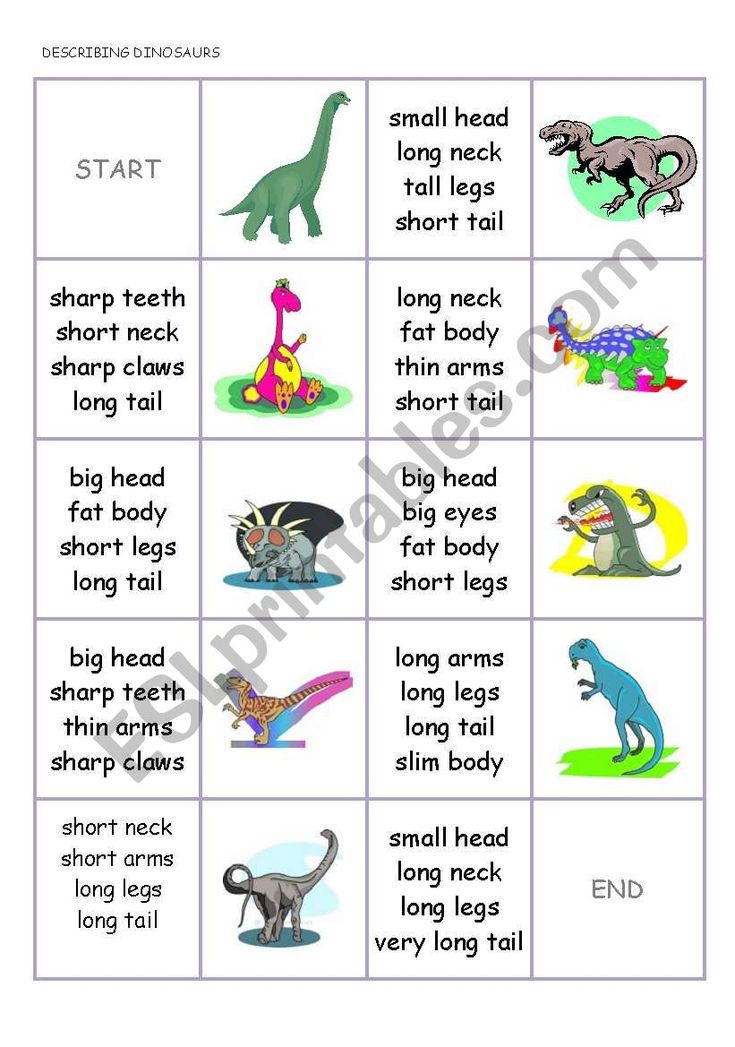 Behind each of the 65 flaps is a curious fact from the life of your favorite dinosaurs.
Behind each of the 65 flaps is a curious fact from the life of your favorite dinosaurs.
STICKERS, GAMES
8. Super stickers. Dinosaurs”, publishing house “Makhaon”
Well, what kind of children do not like stickers?! And if they are also on the theme of dinosaurs, then this is a double pleasure for the baby. Choose from a variety of albums with hundreds of colorful stickers and let your child create their own stories.
9. “Find and show. Dinosaurs”, Thierry Laval
The book from the most popular series “Find and show” is 5 spreads with a huge number of dinosaurs. Each panorama corresponds to a separate historical era, and the child's task is to find each of the dinosaurs depicted on a special valve. Believe me, this is an excellent training of attention and visual memory.
10. Dinosaurs. 4D Encyclopedia in Augmented Reality”, Devar Publishing House
Not quite an ordinary - and maybe even quite unusual encyclopedia about dinosaurs.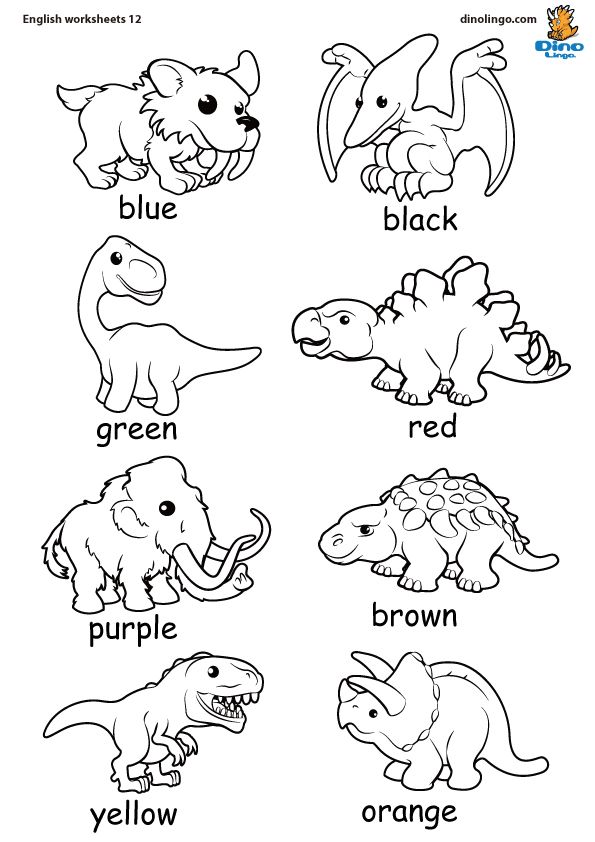 With its help, the child will be able to revive more than 30 different dinosaurs! After all, reading information about eating habits, size and weight with mom, looking at illustrations is one thing, but launching a moving triceratops with the help of a gadget, feeding it with fern leaves and even taking pictures with it is quite another. The perfect combination of learning and fun.
With its help, the child will be able to revive more than 30 different dinosaurs! After all, reading information about eating habits, size and weight with mom, looking at illustrations is one thing, but launching a moving triceratops with the help of a gadget, feeding it with fern leaves and even taking pictures with it is quite another. The perfect combination of learning and fun.
ARTISTIC
11. "Dinosaurs and other reptiles", Elena Kachur
We are just crazy about Chevostik - and we do not hide it. And no less reverently than audio stories, we love printed books with questions from the inquisitive Chevostik and detailed answers from the omniscient Uncle Kuzi. "Dinosaurs and other reptiles" is like a story book about adventures, but with a huge educational overtones. From the conversations of Chevostik and Uncle Kuzi, the child learns a lot not only about the formidable ancient lizards, but also about their descendants, which we can see today: about lizards, crocodiles, turtles.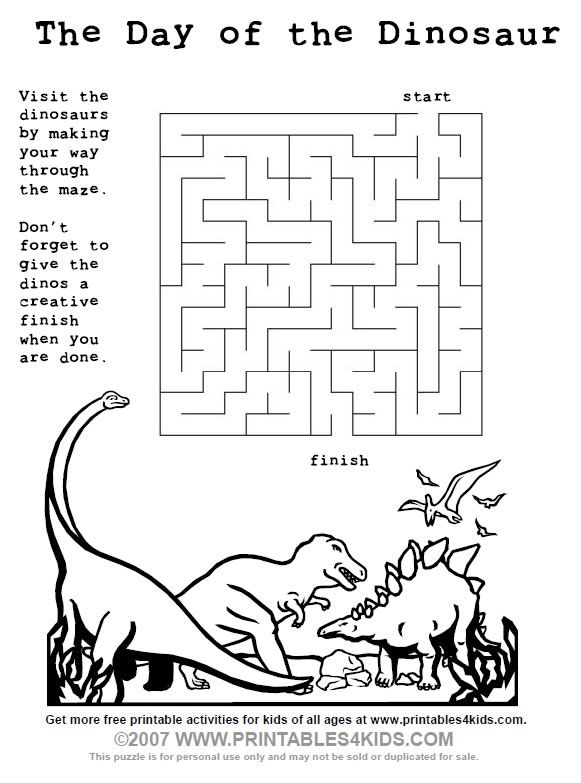 We strongly recommend for preschool and primary school age.
We strongly recommend for preschool and primary school age.
12. School of dinosaurs. Diplodocus Becomes a Hero”, Gemme Pierre
An excellent format for younger children: simple, but kind and instructive stories about little dinosaurs who study in an unusual dinosaur school. Pleasant illustrations, simple narrative language and a brief encyclopedic reference on a particular type of dinosaur - in each book in the series. Well, the names speak for themselves: “Deinosuchus forgot to brush his teeth”, “Stegosaurus celebrates a birthday”, “Brontosaurus is new in class”.
13. Magic book of dinosaurs. Jurassic Journey”, Anastasia Galkina
A wonderful series of children's preschool books about the adventures of the girl Rita and the boy Nikita - no less, no less - in the prehistoric world! With the help of a magical book found in the attic, children travel to the distant past, to the Jurassic period, to meet cute brachiosaurs, allosaurs, and even a diplodocus baby there.